
Growing your own vegetables at home is not only rewarding but also a fantastic way to ensure a fresh, organic, and sustainable food supply. Additionally, home gardening contributes to reducing carbon emissions, minimizes food waste, and promotes biodiversity by creating a greener environment. Whether you have a garden, a balcony, or even just a sunny windowsill in Pakistan, there are plenty of vegetables you can cultivate with ease, tailored to the local climate and conditions. This comprehensive guide explores leafy vegetables to grow at home, easy vegetables to grow all year round, quick options, and how to grow vegetables in pots, raised beds, or even without a traditional garden.
Visit our blog on how to start a vegetable garden at home. It will walk you through everything you need to know to get started, from selecting a location to maintaining your garden.
Table of Contents
ToggleLeafy Vegetables to Grow at Home
Leafy greens are among the easiest and most productive crops for home gardening. They are particularly suited for beginners due to their fast growth cycle, minimal space requirements, and adaptability to various growing conditions. Here are some of the best options:
Spinach
- Grows quickly and thrives in both pots and raised beds.
- Requires well-drained soil and partial sunlight.
- Harvest outer leaves regularly for a continuous supply.
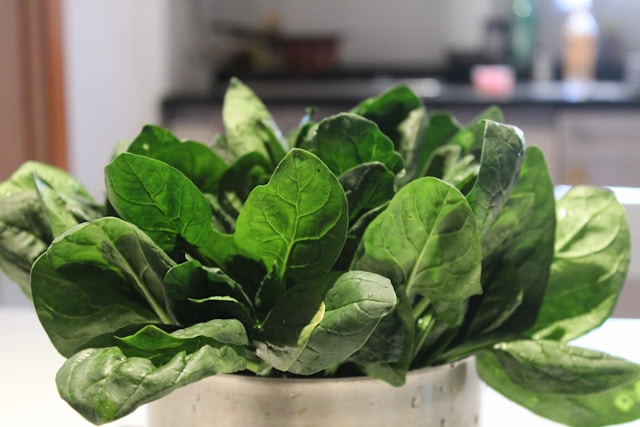
Lettuce
- Ideal for growing in small spaces.
- Varieties like butterhead and romaine are easy to grow in pots.
- Thrives in cool weather and needs moderate watering.
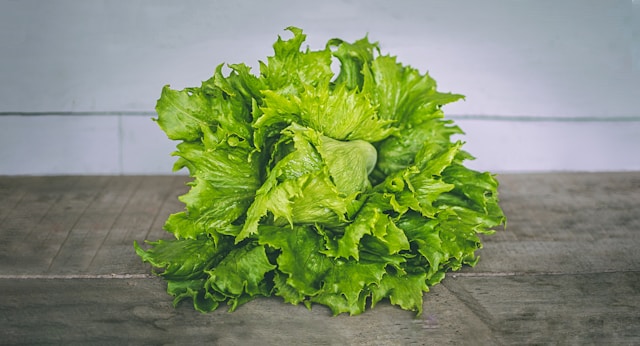
Kale
- A hardy green that grows well in all seasons.
- Perfect for raised beds and containers.
- Harvest leaves as needed to encourage new growth.
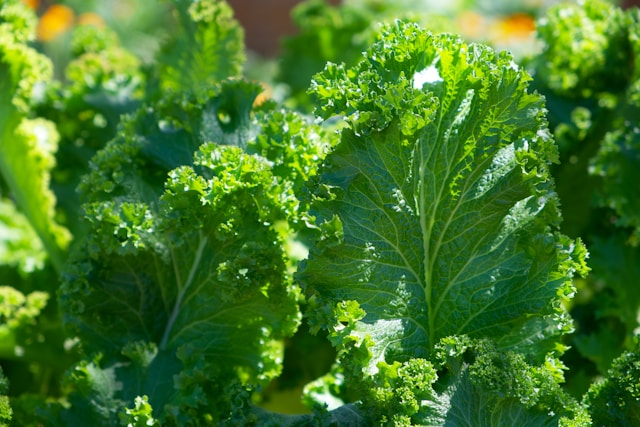
Mustard Greens
- Spicy and nutrient-rich, these greens grow rapidly.
- Best sown directly into soil or pots.
- Suitable for partial shade.
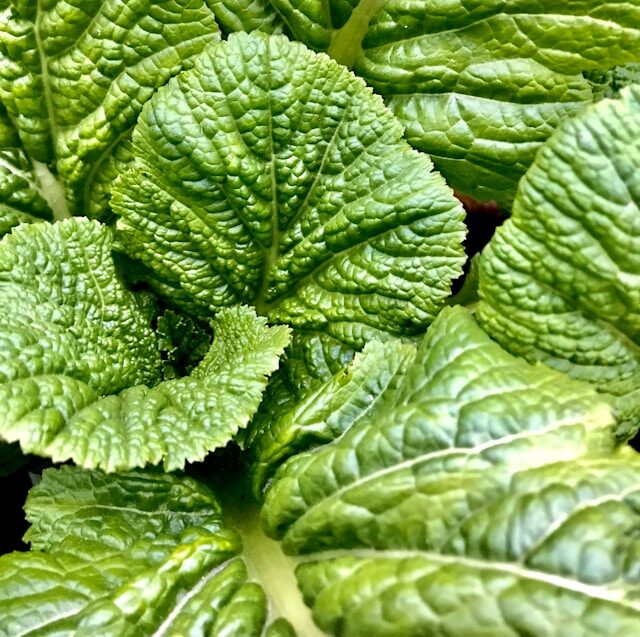
Easy Vegetables to Grow All Year Round
If you’re looking for vegetables that thrive in most conditions, consider these options:
Radishes
- Mature in just 3-4 weeks.
- Suitable for pots or small garden beds.

Carrots
- Grow well in deep containers or raised beds.
- Provide consistent moisture for better root development.
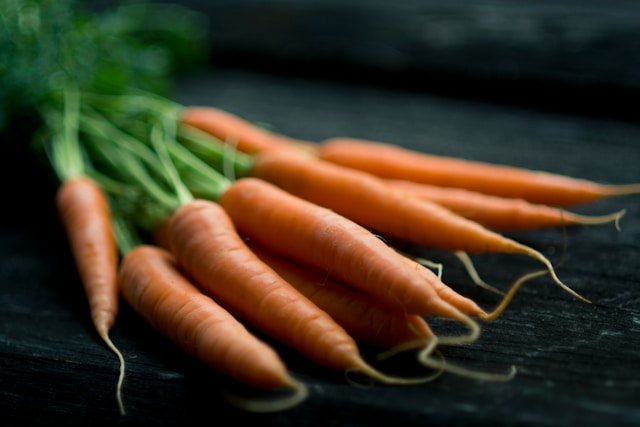
Spring Onions
- A perennial favorite that grows quickly and requires minimal care.
- Can be regrown from kitchen scraps.
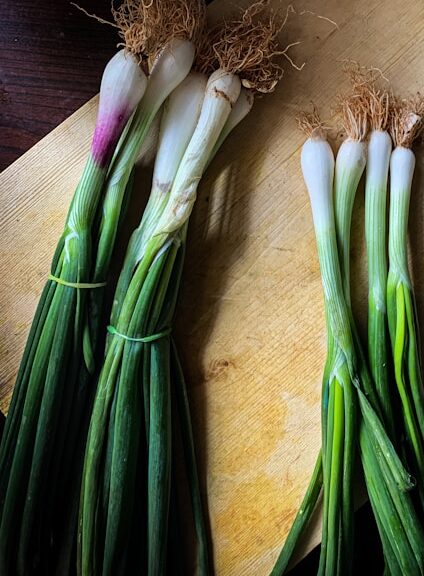
Chilies
- Perfect for pots and grow year-round in warm climates.
- Thrive in sunny spots with regular watering.
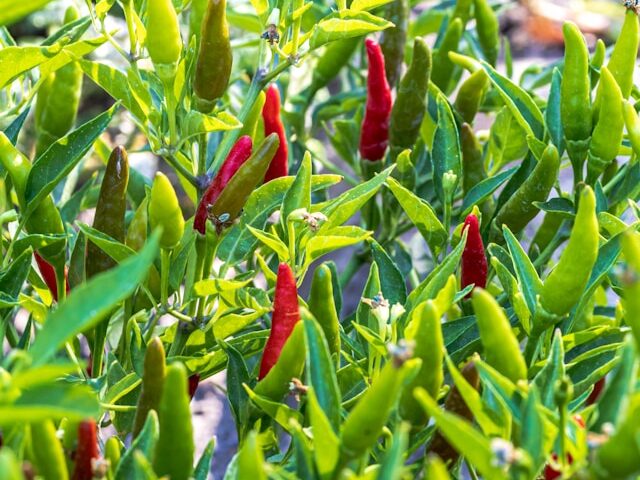
Vegetables to Grow in Raised Beds
Raised beds provide better drainage, aeration, and soil control. Additionally, they help prevent soil-borne diseases and pests by creating a physical barrier between the plants and native soil, reducing the risk of contamination and infestation. Ideal vegetables include:
Tomatoes
- Need sturdy support as they grow.
- Benefit from nutrient-rich soil in raised beds.
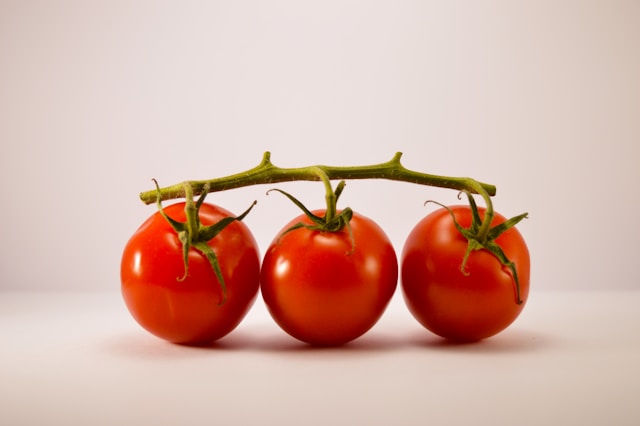
Zucchini
- A prolific producer that requires ample space.
- Regularly harvest to encourage more fruit.

Cucumbers
- Climbs well on trellises in raised beds.
- Needs plenty of sunlight and consistent watering.

Beetroot
- Compact and ideal for small raised beds.
- Thrive in cooler temperatures.
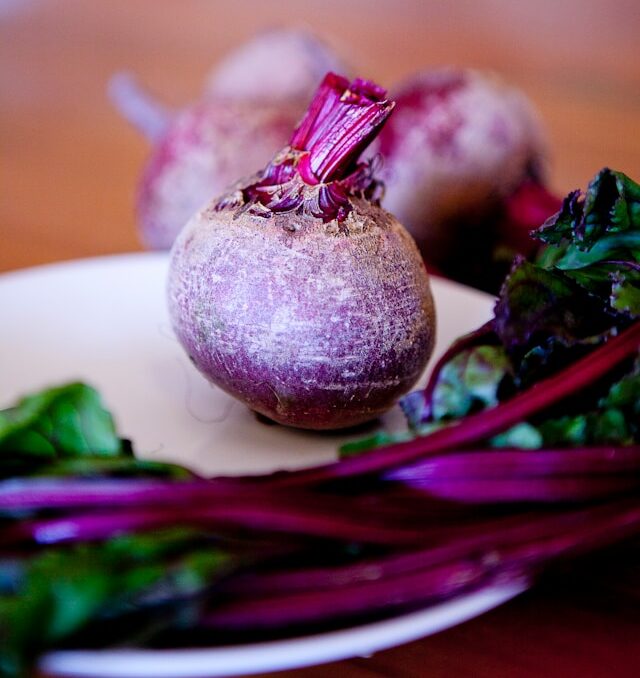
Easiest Vegetables to Grow in Pots
If you have limited space, pots are a fantastic way to grow vegetables. When selecting pots, choose materials like terracotta or plastic that offer good insulation and durability. The size of the pot matters too—opt for deeper pots for root vegetables like carrots and beets, while shallower ones work well for leafy greens and herbs. This ensures your plants have ample space to grow and thrive. Try these easy options:
Cherry Tomatoes
- Compact and high-yielding.
- Choose a large pot with proper drainage.
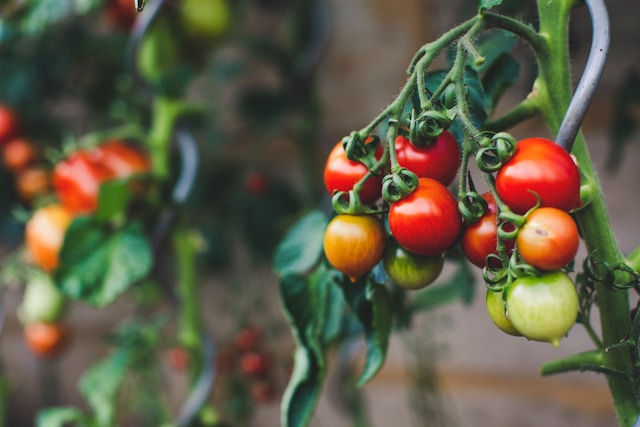
Herbs (Basil, Mint, Coriander)
- Ideal for small pots.
- Grow well indoors or outdoors with sufficient sunlight.

Peas
- Require minimal maintenance.
- Use a small trellis for support.

Bell Peppers
- Thrive in containers and produce abundantly.
- Ensure proper sunlight and regular watering.
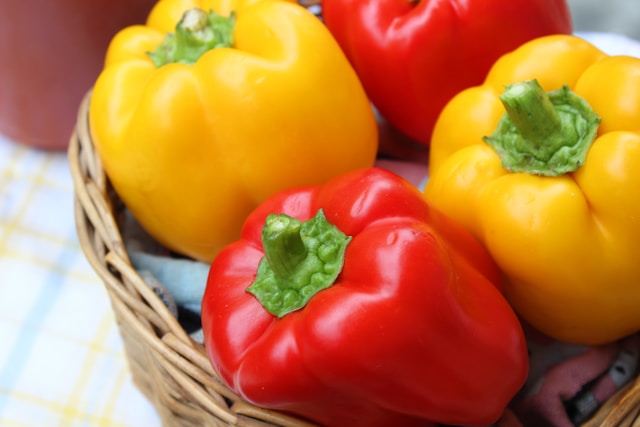
Quick Vegetables to Grow
If you’re looking for fast results, these vegetables are ready to harvest in no time:
Leafy Greens
- Spinach, lettuce, and arugula grow in as little as 4-6 weeks.
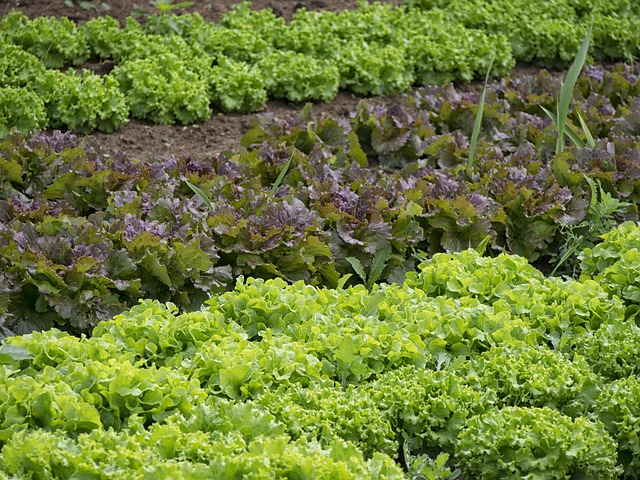
Radishes
- One of the quickest vegetables to mature (20-30 days).

Microgreens
- Harvested within 7-14 days, these greens are packed with nutrients.
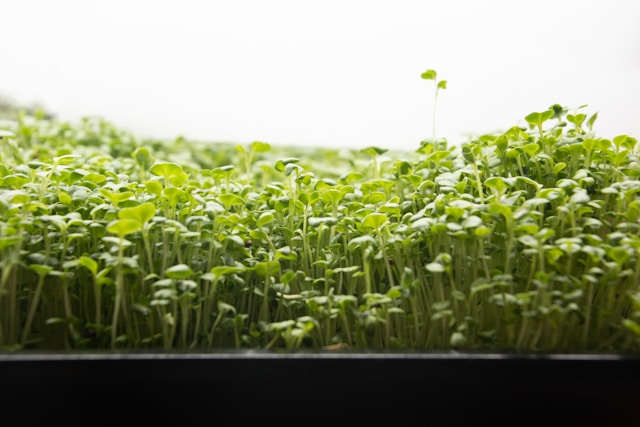
Turnips
- Small turnip varieties mature quickly and can be grown in containers.
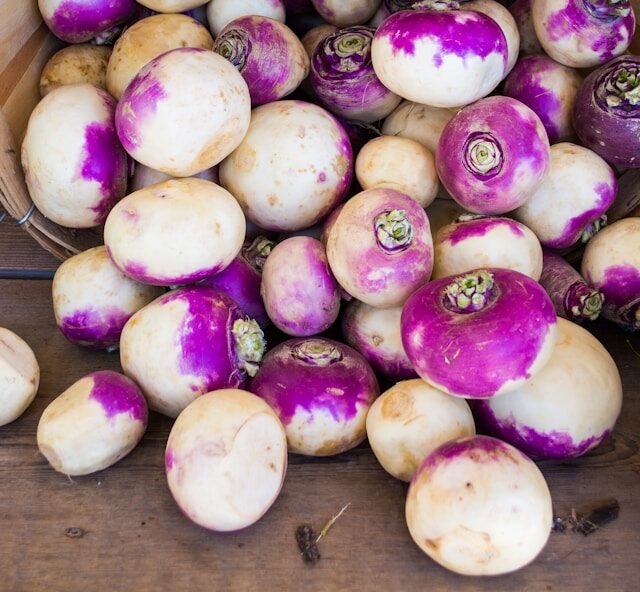
How to Grow Vegetables at Home in Pots
- Choose the Right Pot
- Use containers with proper drainage holes.
- Size depends on the vegetable; deeper pots for root vegetables like carrots and shallower ones for greens.
- Soil and Fertilizer
- Use nutrient-rich, well-drained potting mix.
- Add organic compost or slow-release fertilizer for optimal growth.
- Watering and Sunlight
- Most vegetables need 4-6 hours of sunlight daily.
- Water regularly but avoid overwatering.
- Pest Control
- Use natural methods like neem oil or garlic spray to deter pests.
How to Grow Vegetables Without a Garden
If you don’t have a traditional garden, don’t worry! You can still grow vegetables. These methods are also incredibly cost-effective, allowing you to save money on grocery bills while enjoying fresh, homegrown produce.
Vertical Gardening
- Use hanging pots, wall planters, or trellises to grow vegetables upward.
- Ideal for leafy greens, herbs, and climbers like beans.
Hydroponics
- Grow vegetables in a nutrient-rich water solution instead of soil.
- Perfect for urban setups and small spaces.
Indoor Gardening
- Place pots near sunny windows or use grow lights.
- Herbs, lettuce, and microgreens thrive indoors.
How to Grow Vegetables from Scraps
Onions and Spring Onions
- Place the root end in water and watch it regrow in days.

Lettuce and Celery
- Save the base and submerge it in water to regrow leaves.

Potatoes
- Plant sprouted potato pieces in soil for a new crop.
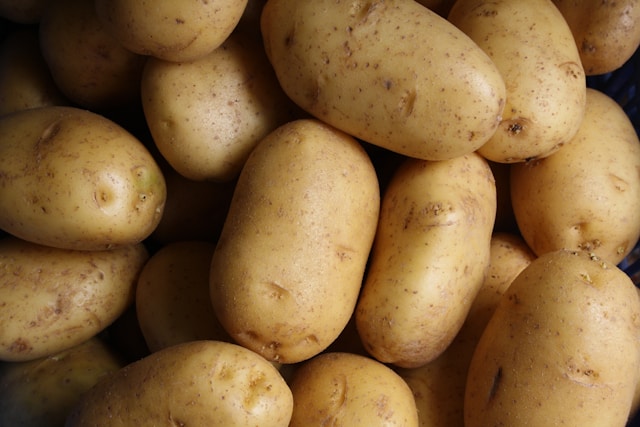
Garlic
- Plant individual cloves to grow fresh bulbs.
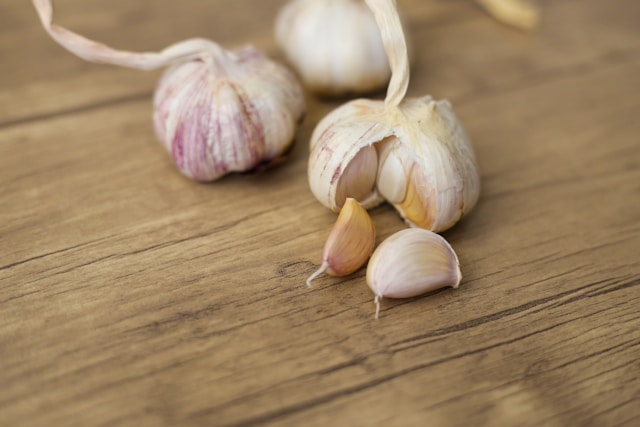
Final Tips for Successful Vegetable Gardening
- Plan Ahead: Choose vegetables suited to your climate and space.
- Companion Planting: Pair compatible vegetables to deter pests and boost growth.
- Regular Care: Monitor for pests, water consistently, and harvest on time.
Gardening doesn’t require a large backyard; with a little creativity and effort, you can grow various fresh vegetables at home in Pakistan, taking advantage of the region’s diverse weather patterns. The possibilities are endless, whether you’re starting with leafy greens, experimenting with raised beds, or regrowing scraps!
